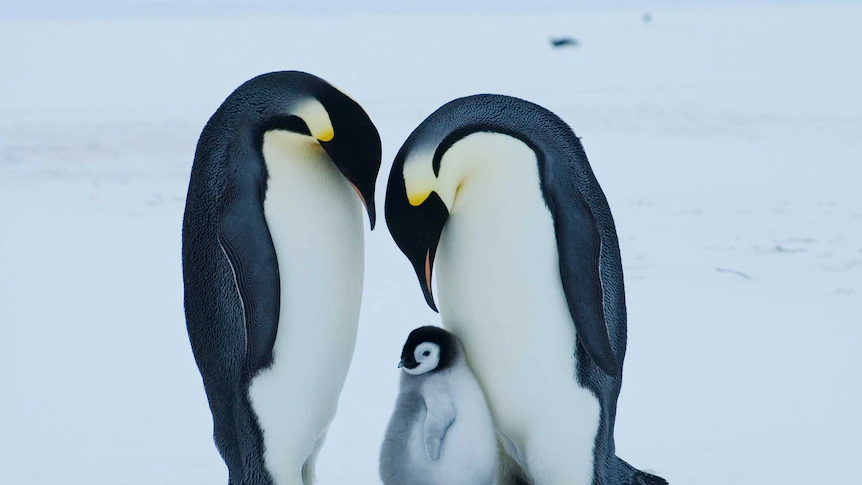Emperor penguin at critical danger of extinction resulting from climate change
Warning: Undefined variable $post_id in /home/webpages/lima-city/booktips/wordpress_de-2022-03-17-33f52d/wp-content/themes/fast-press/single.php on line 26

2022-05-08 18:54:19
#Emperor #penguin #threat #extinction #due #climate #change
The emperor penguin is at severe danger of extinction in the next 30 to 40 years as a result of local weather change, in keeping with research by the Argentine Antarctic Institute (IAA).
Key points:Penguin chicks succumb to freezing or drowning when exposed to the ocean earlier than they grow their waterproof plumageIf nothing changes, many colonies will disappear in the next 30 to 40 yearsTourist and fishing exercise additionally harms the penguins, disrupting the meals cycleThe emperor, the world's largest penguin and certainly one of only two penguin species endemic to Antarctica, provides beginning during the Antarctic winter and requires strong sea ice from April by to December to nest fledgling chicks.
If the ocean freezes later or melts prematurely, the emperor family cannot complete its reproductive cycle.
"If the water reaches the new child penguins, which are not ready to swim and shouldn't have waterproof plumage, they die of the cold and drown," said biologist Marcela Libertelli, who has studied 15,000 penguins throughout two colonies in Antarctica at the IAA.
This has occurred on the Halley Bay colony within the Weddell Sea, the second-largest Emperor penguin colony, where for 3 years all of the chicks died.
Every August, in the midst of the southern hemisphere winter, Dr Libertelli and different scientists at Argentina's Marambio Base in Antarctica travel 65 km each day by motorbike in temperatures as low as -40 degrees Celsius to succeed in the nearest Emperor penguin colony.
Once there, they count, weigh, and measure the chicks, collect geographical coordinates, and take blood samples. Additionally they conduct aerial evaluation.
Each August, researchers from Argentina's Antarctic Institute journey to Halley Bay to study the colony's chicks.(British Antarctic Survey: Peter Fretwell)The scientists' findings level to a grim future for the species if climate change is just not mitigated.
"[Climate] projections suggest that the colonies which can be situated between latitudes 60 and 70 levels [south] will disappear in the subsequent few decades; that is, within the next 30, 40 years," Dr Libertelli said.
The emperor's distinctive features include the longest reproductive cycle amongst penguins.
After a chick is born, one father or mother continues carrying it between its legs for heat till it develops its last plumage.
"The disappearance of any species is a tragedy for the planet. Whether or not small or giant, plant or animal — it does not matter. It is a loss for biodiversity," Dr Libertelli said.
The emperor penguin's disappearance might have a dramatic impression throughout Antarctica, an extreme atmosphere where meals chains have fewer members and fewer links, Dr Libertelli said.
In early April, the World Meteorological Group warned of "more and more excessive temperatures coupled with uncommon rainfall and ice melting in Antarctica" — a "worrying pattern", said Dr Libertelli, with Antarctic ice sheets depleting since at the very least 1999.
The rise of tourism and fishing in Antarctica have also put the emperor's future in danger by affecting krill, one of many primary sources of food for penguins and other species.
"Tourist boats often have various negative effects on Antarctica, as do the fisheries," Dr Libertelli stated.
"It can be crucial that there is higher management and that we think about the future."
Reuters
Quelle: www.abc.web.au